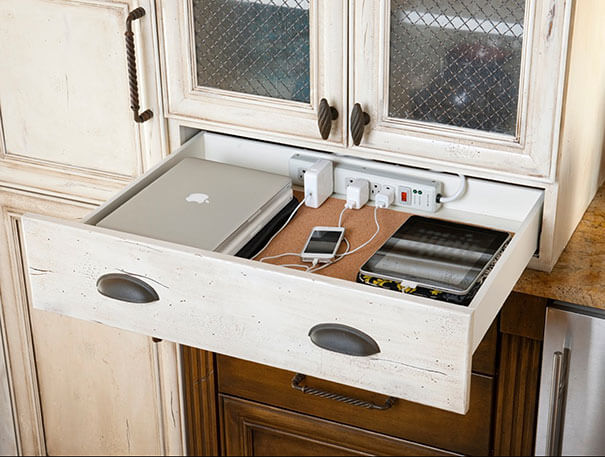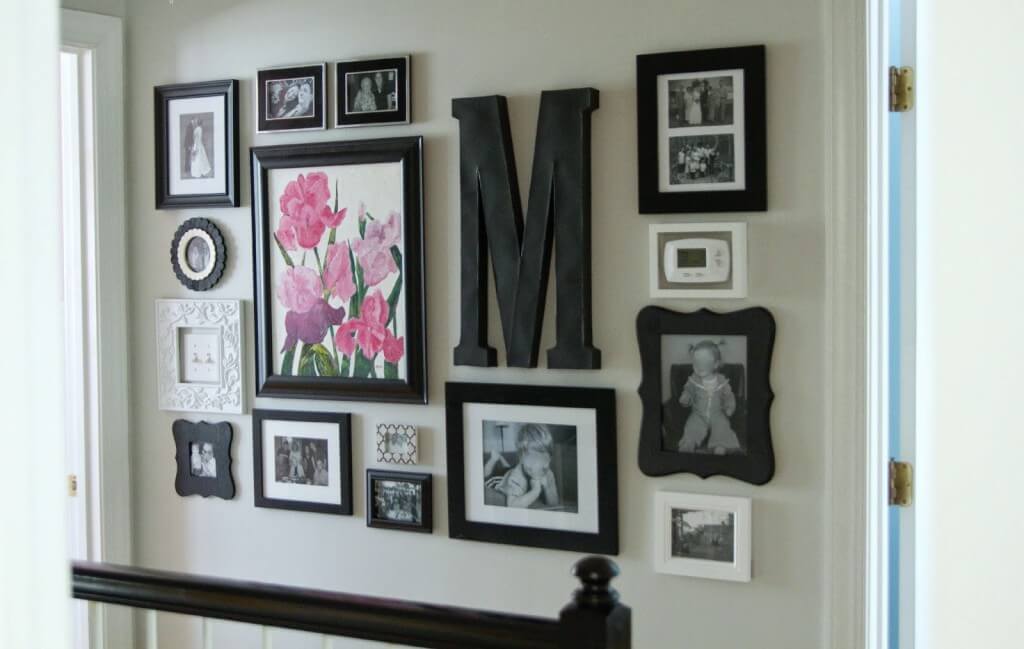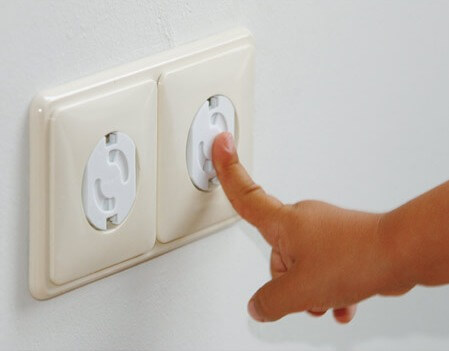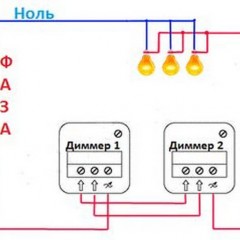Interesting ideas for masking outlets in the apartment
Kitchen
Close the outlet points in the kitchen is necessary for several reasons:
- so that they do not interfere;
- so that they do not get water (applies to outlets located near the sink on the kitchen apron);
In both cases, the most correct and modern solution is to install a retractable outlet in the countertop. With this design, you can not only hide power sources that are not used at a certain moment, but also preserve the beautiful interior in the kitchen. The photo below shows examples of camouflage:
In addition, if the connection points are installed near the sink, you can close them from water by using a special case with a protective cover. In this case, water will not get into the connectors unless a plug is inserted into them.
You can also hide sockets in the kitchen, for example, in a drawer or inside a cabinet. The second option is perfect for hiding the connection point of the oven or hob. To connect the hood and hide the wires from it, just place the outlet inside the cabinet, as in the photo:
Bathroom
The second most important issue is the ability to properly close the outlet from water in the bathroom. Here the only solution is to install a special type of housing with a cover, as in the photo below:
It is equally important to take into account the requirements for installing electrical products in the bathroom - the housing must be at least 60 cm from the water. Additional bathroom wiring requirements we have listed in a separate article.
Bedroom
In the bedroom there is a need to hide the sockets if they violate the interior of the room - they are located in the center of an empty wall or do not fit into the general style. There are many interesting ideas. The best solution is to decorate the wall near the lining:
If the product is installed in the baseboard, it can be hidden behind a special decorative door:
A popular problem is the desire to hide the wires from the TV, which hangs on the wall. The best solution is to place the connectors behind the TV, in this case it will turn out to hide the outlet and the wires themselves.
It’s much more important to take care of the life of a small child who may have an interest in unsafe connectors. To close the sockets from children, it is best to use special plugs, which can be purchased through the Internet or in a specialized electrical store.Examples of the use of such plugs are shown in the photo:
If you need to hide the socket with the plug, then things are more complicated, the use of plugs is no longer necessary. The simplest option is to rearrange the room and hide the connected wires behind the furniture (cabinet or cabinet). Exclude this option? Then all the same design techniques will help to disguise the socket with a plug (for example, from an air conditioner):
In the nursery, you need to take the issue of placing electrical devices more seriously. Even during repairs, you should consider the installation locations of all electrical points so that a small child cannot get to dangerous electricity.
Street
Well, the last thing I would like to talk about is how to close outlets on the street from rain. If you absolutely need to leave several electrical points for outdoor use, you need to take good care of them. A special box will help to hide from adverse weather conditions and of course the case itself must be with degree of protection IP 67.
We strongly recommend against using improvised means, such as a plastic bottle, to protect the power outlet from rain. In this case, you run the risk of getting an electric shock when using the product, because drops can also fall through the hole. In the extreme case, home-made protective equipment can be used only when the outlet additionally has a waterproof housing and is under a canopy.
Finally, we recommend watching a useful video on the topic:
Now you know how to hide sockets in the kitchen, bedroom and bathroom. We hope our ideas were interesting for you and helped solve the problem!
Surely you do not know:


























